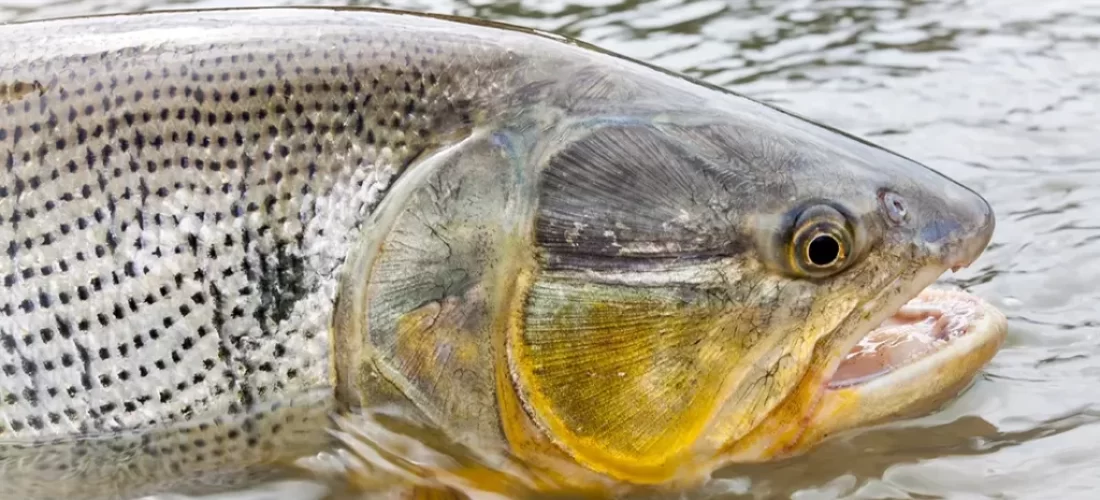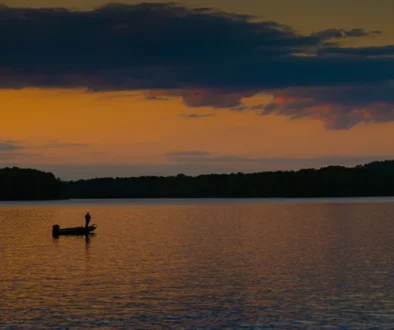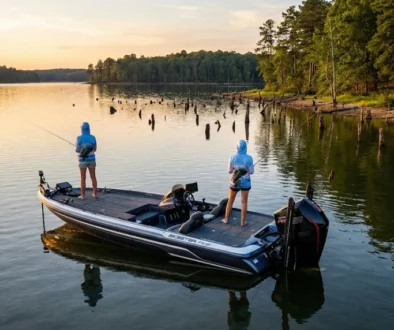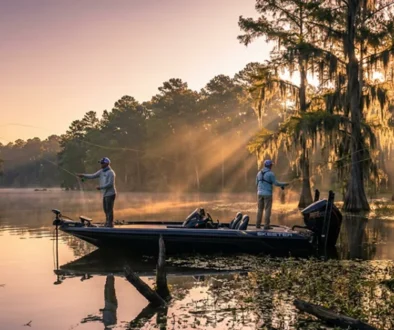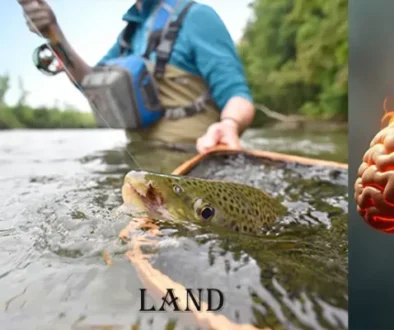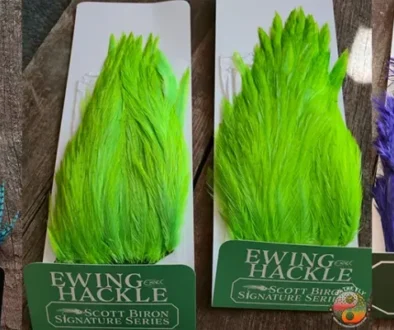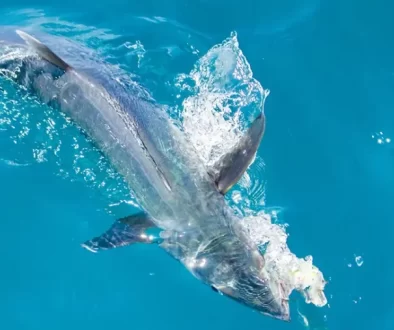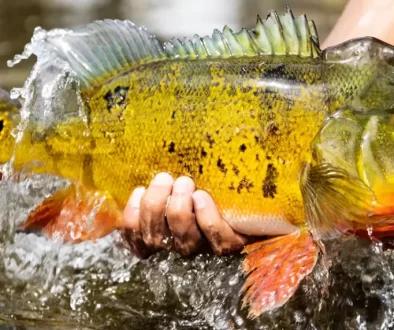Guide to Golden Dorado Fly Fishing
Chasing the thrill of Golden Dorado fly fishing, from the remote rivers of Bolivia to Argentina’s sun-drenched waters. The tug of a golden dorado, a flash of gold against the turquoise currents, is pure magic. Dorado fly fishing isn’t just about the fight; it’s about the journey. It’s also about the pristine landscapes, and the challenge of outsmarting a prized freshwater game fish.
The jungle air hangs thick, buzzing with life. Sunlight dances on the water. This isn’t just fishing; this is golden dorado fly fishing—an adventure where every cast is a gamble, every fight a story.
My first dorado? Explosive strike, screaming reel, raw power, pure adrenaline. I’ve chased that feeling from Bolivia to Brazil. Golden Dorado fly fishing isn’t just about the fish; it’s about immersing yourself in wild places, pushing your limits.
This isn’t your average trout stream experience. This is about heart-pounding action, precision, and embracing the wild. It’s about an unforgettable experience etched into your angler’s soul. Heck it could have been part of the draw for Butch Cassidy and Sundance.
Table of Contents
Golden Dorado Fly Fishing: The Ultimate Guide
Dorado fly fishing differs greatly from a local trout stream. Forget gentle casts to wary browns. Prepare for big flies, heavy tackle, and an adrenaline rush.
Understanding the Golden Dorado
Salminus brasiliensis, the golden dorado, is no ordinary fish. A powerful predator, it often exceeds 30 pounds with razor-sharp teeth, earning its nickname, the “river tiger”. Respect them for their fighting spirit and their ecological importance.
Dorado are opportunistic feeders. They ambush prey from undercut banks, fallen logs, and turbulent rapids. Their diet consists primarily of smaller fish, yet they’ll readily take a well-presented fly.
Tips and Techniques for Dorado Fly Fishing
Target Structure
Dorado ambush prey. Cast near logs, undercut banks, and deep pools. This is where you’ll find them. Consider these locations similar to where you might find smallmouth in American waters.
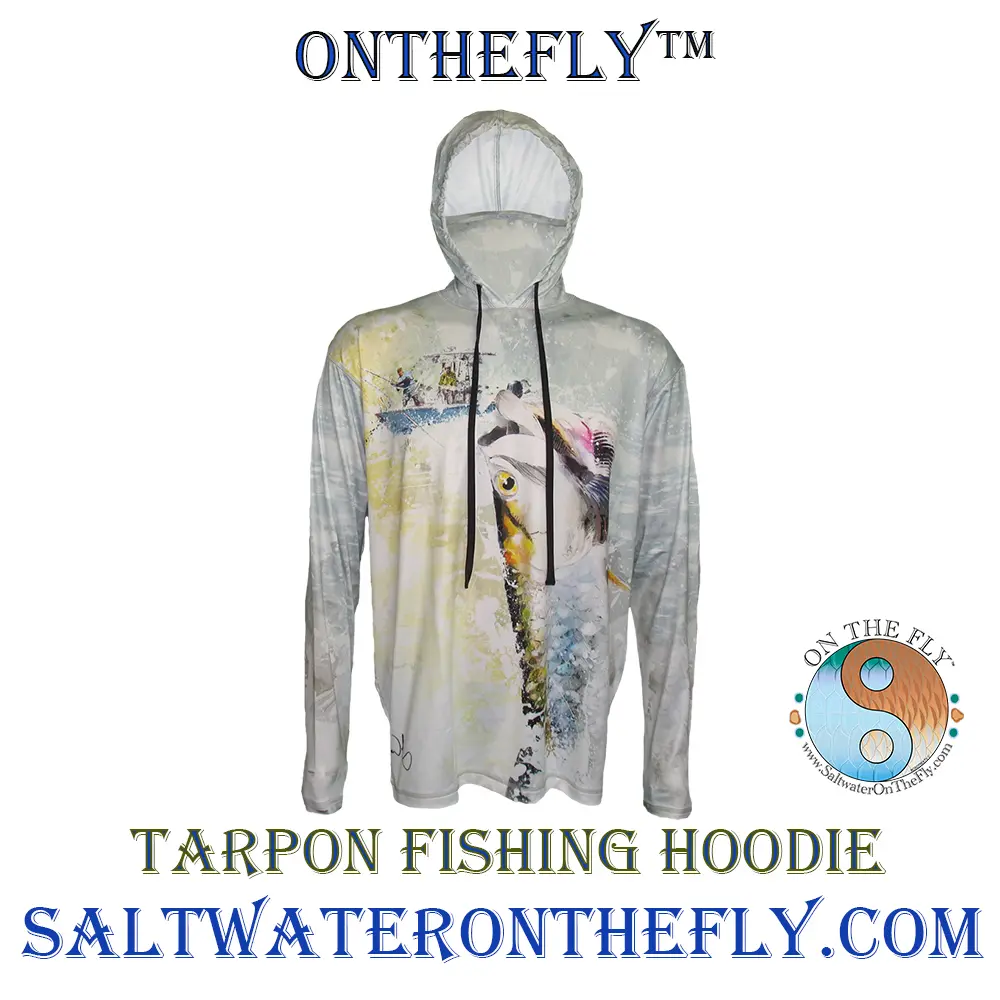
Sun Protective Graphic Hoodie
UPF-50 Graphic Hoodies, design by Outdoor Adventures for the best Outdoor Apparel.
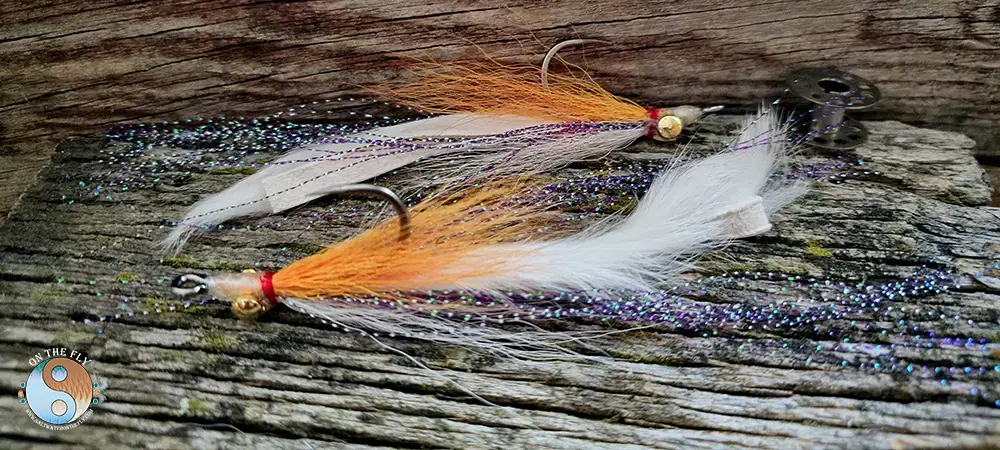
4/0 Orange White Clouser Minnow
Woolly Buggers mimic baitfish to nymphs. Great multi-species fly pattern. Check a Saltwater on the Fly Boat Box.
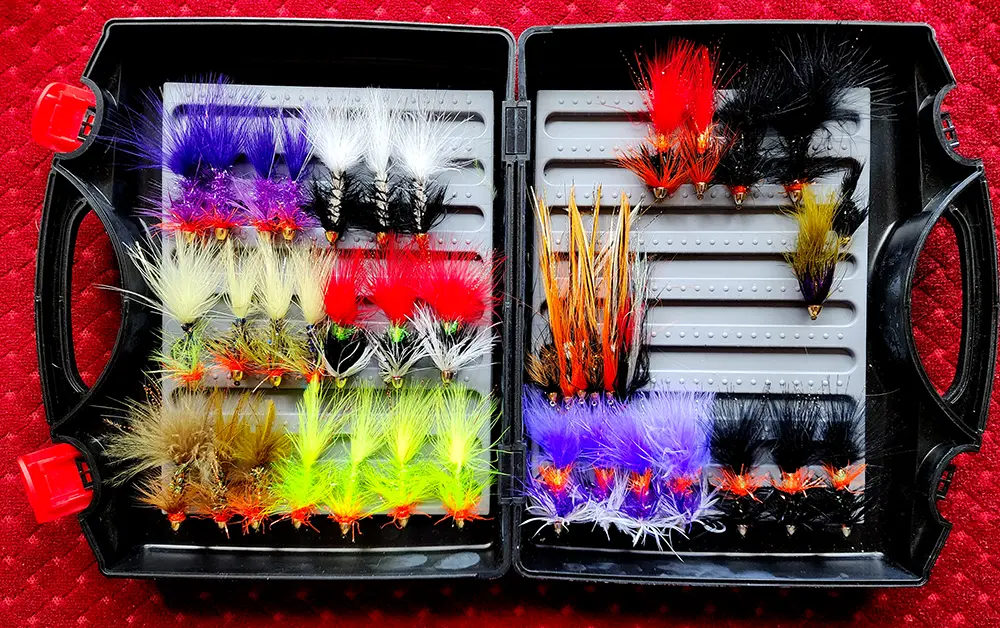
Woolly Buggers in Saltwater in the Fly Boat Box
Strip Fast and Vary Retrieves
Dorado strike hard and fast. A fast, varied retrieve excites them. Don’t let your fly become stale; mix up your presentation.
Be Prepared for a Fight
When a Golden Dorado strikes your fly, hold on tight. Keep your fly rod tip low for shock absorption.
Silhouetted dark flies are the type of streamer patterns Golden Dorado prefer. Thou bright colors have there place.
Choosing the Right Flies
Dorado are opportunistic. Certain flies are particularly effective. When shopping for your flies, you may even consider a gift card from your local or online retailer.
Large Streamers
Large, bright streamers, like Deceivers and Woolly Buggers, mimic baitfish. Chartreuse, white, and orange are productive colors. Dorado are often attracted to larger, brighter flies.
Topwater Flies
Poppers and gurglers create surface commotion. This excites dorado. These are popular when dorado are seen swirling or exploding on the surface.
Muddler Minnow
Muddler Minnow is a great fly for dorado. It’s a versatile pattern that imitates a baitfish. This makes it perfect for saltwater fly fishing.
This fly is easy to cast. Even beginners can use it. The Muddler has a spun deer hair head. This gives it good buoyancy. It also creates a disturbance in the water. This attracts the dorado. The flash and movement of the marabou tail also add to the attraction.
Dorado are aggressive fish. They hit a Muddler hard. This makes for an exciting fight. You will need a sturdy fly rod to handle a dorado. But it’s worth it when you land one of these beautiful fish. They are strong fighters. They are also acrobatic. They’ll jump and tail walk.
The Muddler Minnow comes in different sizes and colors. This lets you match the local baitfish. A good choice is white or chartreuse. This works well in clear water. If the water is murky, try black or olive. Experiment with different colors to see what works best.
When fly fishing for dorado, retrieve the Muddler with short, quick strips. This gives it a darting action. This mimics a fleeing baitfish. You can also add pauses to the retrieve. This can trigger a strike from a following dorado. Remember to strip set the hook. Dorado have bony mouths. A firm hook set is important.
Dorado are found in tropical and subtropical waters. They like areas with structure. This
can be reefs, rocks, or mangroves. Look for them around floating debris. They will also hunt baitfish near the surface. They are visual feeders. They like to chase their prey.
Fly fishing for dorado can be an amazing experience. They are a beautiful fish. They are also tough fighters. With a Muddler Minnow, you have a good chance of hooking into one of these amazing fish.
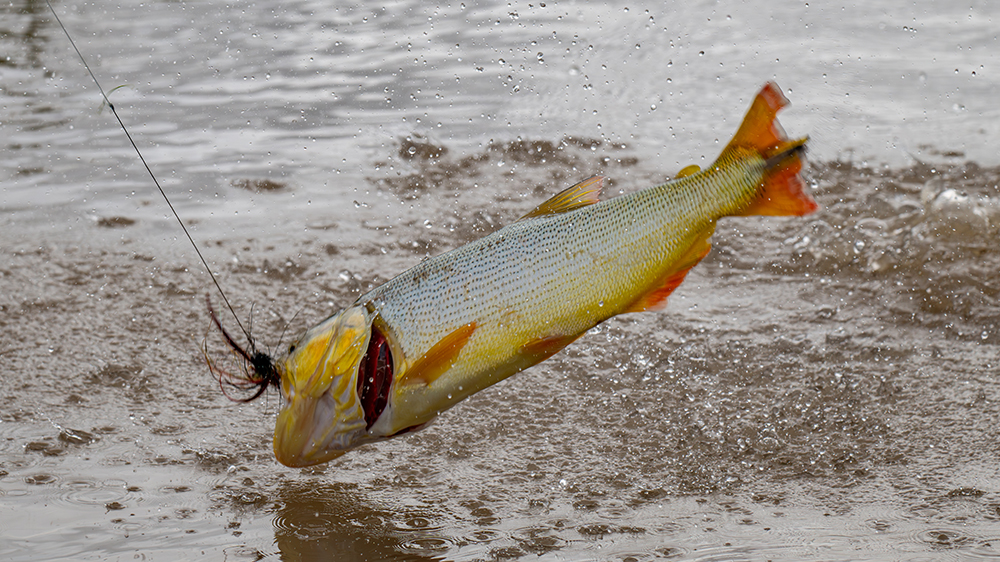
Golden Dorado Acrobatics
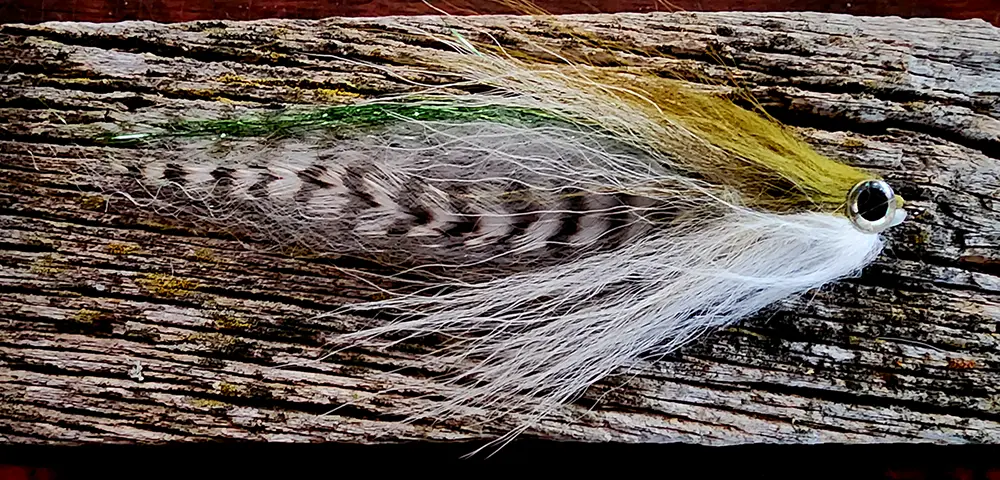
Baitfish Pseudo Secret Pattern for Golden Dorado
Baitfish Imitations
- Deceivers: A versatile fly that imitates a variety of baitfish, including mullet and sardines.
Deceivers
My go-to dorado fly is a chartreuse and white Deceiver. This fly has saved the day for me more times than I can count. Dorado absolutely crush Deceivers. But dorado also love other baitfish patterns. This includes Clousers and epoxy minnows.
If you are going on a guided dorado fly fishing trip, make sure you have some big Deceivers in your box. I like a 6/0 hook for my Deceivers. Because dorado have big mouths, you can get away with larger flies. But a size 4/0 will work just fine. I also always bring some 2/0 and 8/0 Deceivers.
Although big flies work great, I also carry smaller Deceivers. This can be especially helpful if the fish are being picky. Or maybe you are sight fishing in shallow water. A smaller fly might make a big difference. I’ve seen dorado swim right past a big fly and then crush a smaller fly.
Other than size, color also plays a role. I prefer chartreuse and white. But many other colors will catch dorado. Some other good choices include all white, blue and white, and olive and white. And don’t be afraid to experiment with other colors. Because if you are in a place with lots of dorado, you can really have some fun playing with colors. If the bite slows down, switching up colors is often a good strategy. A fly with some flash or sparkle can also make a big difference.
Because Deceivers are made with long saddle feathers, they move a lot in the water. And this pulsing action can really entice a dorado. The long flowing feathers of a Deceiver really make it look like a baitfish. And because they push so much water, dorado can feel them from a distance. The design of a Deceiver really is perfect for saltwater fly fishing.
Deceivers are easy to cast. They also hold up well. They are an ideal fly for dorado fly fishing. If you’re planning a trip to chase dorado on the fly, don’t forget your Deceivers. This might be the most important fly you can bring.
- Clouser Minnow: A popular fly that imitates a small baitfish, great for Golden Dorado Fly Fishing.
Clouser Minnow
The Clouser Minnow is a must-have fly for dorado fly fishing. This fly is super effective. It mimics the small baitfish dorado love to eat. Bob Clouser designed this fly. He first used it for smallmouth bass. But it quickly became a favorite for saltwater fly fishing too
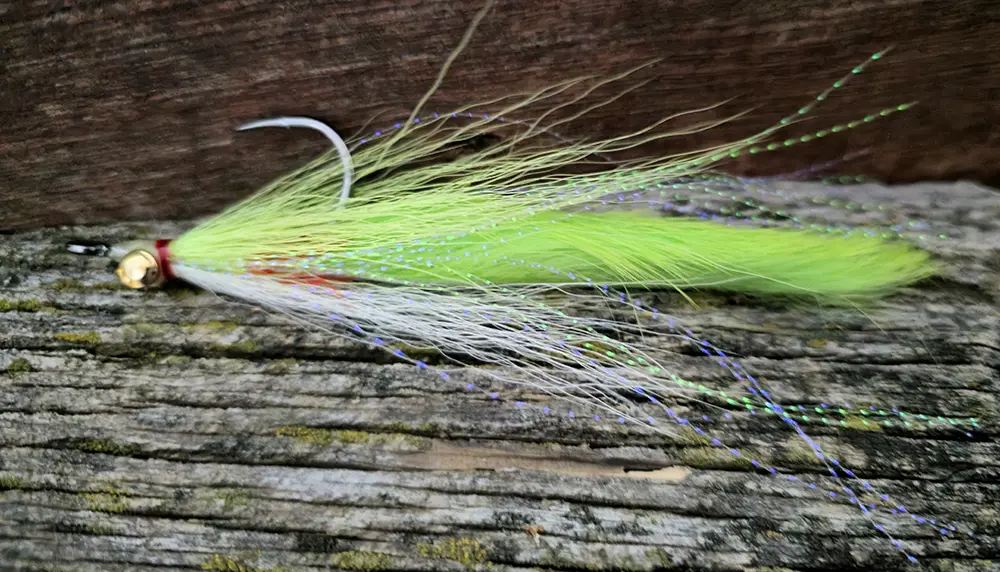
4/0 Clouser Minnow, Chartreuse and White
Retrieving the Clouser is pretty easy. A short, jerky retrieve works best. This imitates an injured baitfish. It drives dorado wild! Let the fly sink. Then strip the line in short bursts. Pause between strips. This gives the fly a darting action. It looks just like a real fish trying to escape.
The Clouser Minnow is a versatile fly. It’s good for more than just dorado. It can also catch other saltwater game fish. These include tarpon, bonefish, and snook. It’s an essential part of any saltwater fly fisherman’s kit.
- Bunker Pattern: A fly that imitates a bunker, a common baitfish in Dorado waters.
Bunker Pattern
Dorado fly fishing is exciting! Matching the hatch is important. This means you need to use a fly that looks like what the fish are eating. Often, that’s a bunker. A bunker is a small baitfish. Dorado love to eat them.
So, you need a fly that looks like a bunker. This is where the bunker pattern comes in. It’s meant to imitate a real bunker. It has a silvery body and a white belly. It’s a great way to attract a dorado. These fish are aggressive predators. They’ll hammer a well-presented bunker fly.
There are a few different kinds of bunker patterns. Some are tied with synthetic materials. Others use natural materials like bucktail. The size of your fly matters. It should match the size of the bunker in the area. Your guide can help you with this.
A popular bunker pattern is the Surf Candy. This fly pushes a lot of water. This attracts the attention of dorado. Another good choice is the Clouser Minnow. It has a long, slender profile. This makes it look like a fleeing baitfish. Dorado can’t resist it.
Tying your own bunker patterns can be fun. But if you’re new to fly tying, don’t worry. Many fly shops sell pre-tied bunker flies. You can buy them in different sizes and colors. This lets you find the perfect match for the local dorado.
When fishing with a bunker pattern, use a fast retrieve. This makes the fly look like a swimming baitfish. You can also add some short, jerky strips. This imitates an injured bunker. It can trigger a dorado to strike.
Dorado are strong fighters. They are acrobatic, too. So get ready for an exciting battle! When you see a dorado chase your bunker fly, it’s an amazing sight. Their golden sides flash in the sunlight. The adrenaline pumps as you wait for the strike.
Poppers and Sliders
- Poppers: A surface fly that creates a loud “pop” when retrieved, attracting Dorado from a distance.
Crease Fly Popper
Dorado fly fishing is exciting because these fish crush poppers. And the “Crease Fly” popper is deadly. This fly is simple to tie, but it’s a fish magnet. It has a scooped face. This pushes a lot of water. This also creates a great sound to draw in dorado.
This fly fishes well in all sorts of conditions. It’s a great choice if you’re chasing dorado in saltwater. A lot of anglers swear this is their go-to fly. The Crease Fly is a must-have in your fly box. This is because it consistently catches fish.
You’ll want to tie this fly in several sizes and colors. This way, you’re ready for anything. White, chartreuse, and yellow are good colors. Because dorado are aggressive, they’ll hit just about anything. But matching the local baitfish is always smart. This increases your chances of hooking up. Your guide will help you choose the best fly.
You can fish this popper with a fast retrieve. You can also use a slower, more subtle retrieve. This often works when the fish are being picky. Remember to vary your retrieves until you find what the dorado want. Sometimes, a long pause after a pop will trigger a strike.
When a dorado eats your Crease Fly, get ready. These fish are strong. They put up a good fight. A dorado on the fly is an amazing experience. So make sure you have a good fly rod and reel. You’ll also want a strong leader. This will help you land these powerful fish. And remember, a good guide can help you find the fish. They can also give you tips on how to land them.
he Crease Fly Popper is a popular topwater fly that has gained a reputation for being an effective and exciting way to catch a variety of species, including bass, pike, and muskie.
Origin
The Crease Fly Popper was created by legendary fly tier and angler, Bob Clouser, in the 1980s. Clouser, known for his innovative fly designs, was experimenting with different materials and techniques to create a fly that would imitate a fleeing baitfish. He discovered that by creating a crease in the fly’s body, it would create a unique sound and action when retrieved, making it irresistible to predators.
How to Fish the Crease Fly Popper
Retrieve Techniques:
- Fast Strip: Quickly strip the fly across the surface, creating a loud “pop” and a commotion that will attract predators from a distance.
- Slow Strip: Strip the fly slowly and deliberately, creating a more subtle “pop” and a more natural presentation.
- Pause and Strip: Strip the fly quickly, then pause for a few seconds, allowing the fly to sit on the surface before stripping again. This technique can be particularly effective for pike and muskie.
Tips and Tricks:
- Use the right rod: A rod with a lot of backbone is essential for casting and retrieving the Crease Fly Popper.
- Choose the right line: A floating line or a sinking line with a short leader is best for fishing the Crease Fly Popper.
- Vary the retrieve: Experiment with different retrieve techniques to find what works best for the species you’re targeting.
- Pay attention to the water: Look for areas with structure, such as weed beds, rocks, or drop-offs, where predators are likely to be lurking.
- Sliders: A type of popper that slides across the surface, imitating a fleeing baitfish.
Titanic Slider
One of the most effective ways to catch Golden Dorado on the fly is with a “slider” fly. A slider is a large fly. It imitates a fleeing baitfish. Dorado just can’t resist it.
Now, picture this. You’re on a boat. Crystal-clear water stretches out before you. The sun is warm on your face. You see something shimmering beneath the surface. A school of dorado! They are flashing through the waves. This is where the magic of the slider comes in. Your guide positions the boat. You cast your fly ahead of the school. Then, you strip it back quickly. The fly darts and dives. It looks like an easy meal. The dorado go wild! They chase the fly.
Suddenly, one explodes from the water. It grabs the slider. The fight is on! The dorado leaps and dives. It pulls your line. This fish puts up a strong fight. You feel the thrill. This is what saltwater fly fishing is all about.
Dorado fishing with a slider isn’t just about catching a fish. It’s about the experience. The anticipation. The rush of the strike. The challenge of the fight. And, of course, the beauty of these amazing fish.
A few tips for dorado fly fishing with a slider: Use a sturdy rod. You’ll need a strong tippet. And be ready for a battle. These fish are powerful. Also, work closely with your guide. They know the waters. They know the fish. They’ll help you hook into a real trophy. Whether you are an experienced angler or new to fly fishing, chasing dorado with a slider is an adventure. You’ll never forget it.
Gurglers
Golden Dorado fly fishing is a thrilling adventure. But picking the right fly is key for success. Gurlers are a popular choice. They’re big, bushy flies that create a lot of commotion on the surface. This disturbance really gets a dorado’s attention.
This commotion imitates a struggling baitfish. And dorado just can’t resist an easy meal. Gurlers come in a variety of colors. But chartreuse and yellow are go-to options. This is because they are highly visible in the water. Even in murky conditions, a dorado will easily spot these bright patterns.
When fishing with a gurgler, a fast retrieve is often effective. This makes the fly splash and gurgle across the surface. The splashing mimics a fleeing baitfish. This quick movement triggers the dorado’s predatory instincts.
A floating line is usually paired with gurlers. This setup keeps the fly right on the surface where dorado are most likely to see it. Because they are surface flies, gurlers give you a visual thrill. You get to see the dorado explode on your fly.
When a dorado smashes a gurgler, set the hook hard. These fish have bony mouths. So a firm hookset is essential for a solid connection. This exciting visual take is one of the reasons dorado fly fishing is so popular.
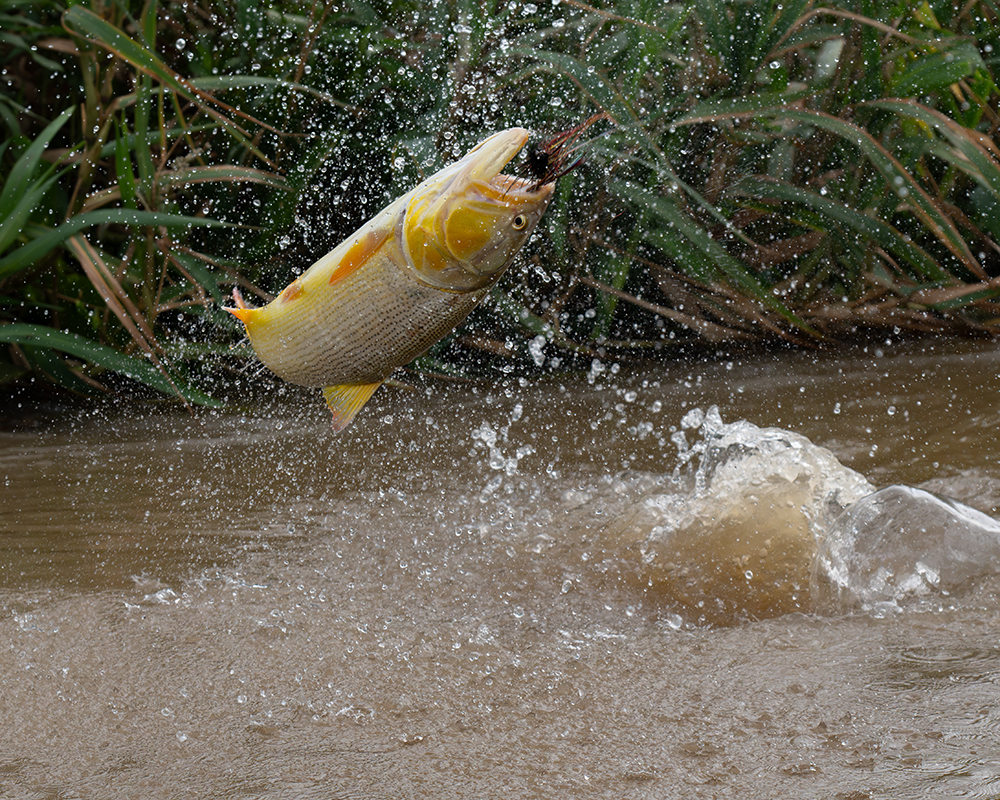
Dancing Golden Dorado
The Best Dorado Fly Fishing Destinations
South America is dorado paradise. Here are some of the hottest spots for anglers seeking this golden gamefish. Pirá Lodge in Northern Patagonia is a highly recommended dorado lodge for an unforgettable experience.
The Bolivian Jungle
Bolivia offers remote, untouched dorado fishing experiences. Key rivers include Secure Jungle, Tsimane, and Rio Secure. Consider the eco lodges at Delta Eco Lodge for comfortable accommodations.
Argentina’s Iberá Wetlands
Iberá Wetlands teems with life, including golden dorado patrolling shallow flats. These fish hit hard and fight even harder.
Brazil’s Amazon Basin
The Amazon offers pure jungle fishing. It holds some of the biggest, toughest dorado. Many areas remain untouched, offering vast possibilities.
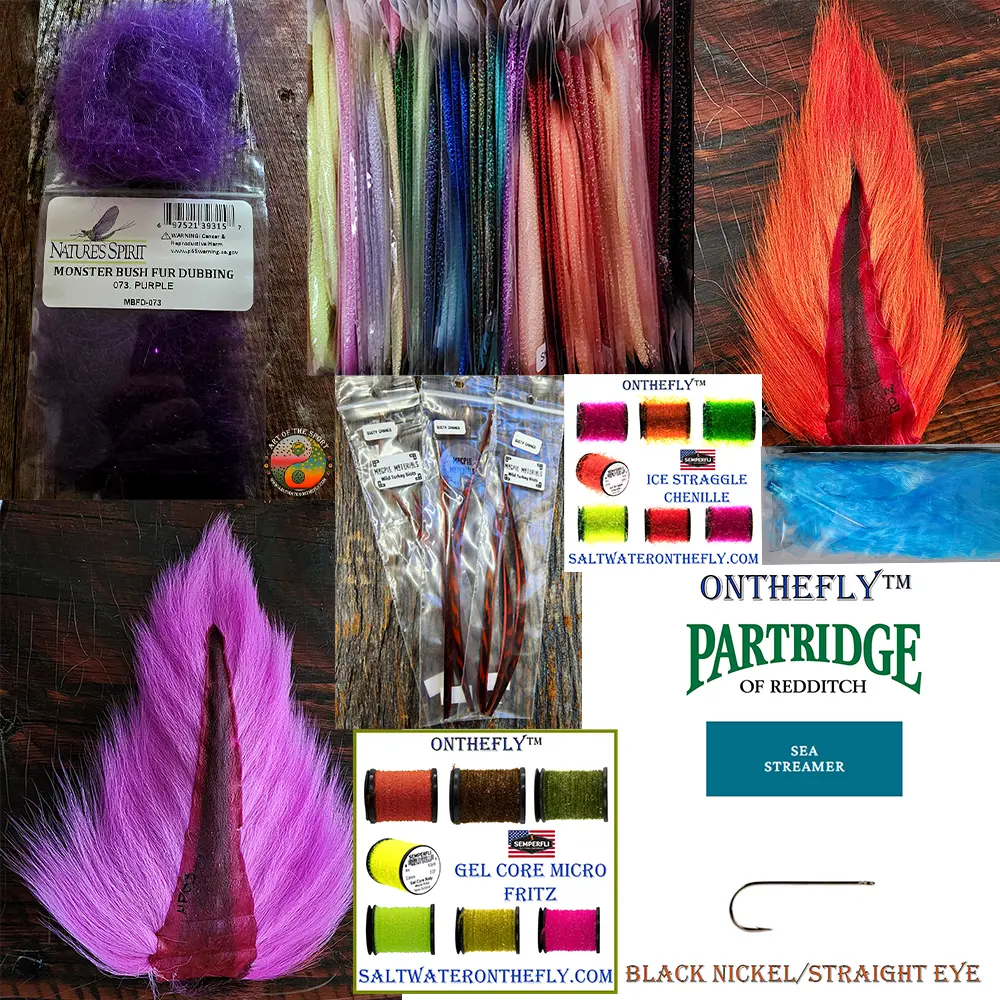
Fly Tying Materials Saltwater on the Fly
Nymphs and Jigs
- Golden Stonefly Nymph: A nymph that imitates a stonefly, effective for catching Dorado in rivers and streams.
- Jiggy Rabbit: A jig fly that imitates a small baitfish or shrimp, great for Dorado in deeper waters.
5. Dry Flies
- Gaula: A dry fly that imitates a grasshopper or cricket, effective for catching Golden Dorado in rivers and streams.
- Madam X: A dry fly that imitates a small terrestrial insect, great for Golden Dorado in calm waters.
Saltwater on the Fly, Fly Fishing Adventures, Flies and Fly Tying Materials.
FAQs about dorado fly fishing
What weight fly rod for Golden Dorado Fly Fishing?
A 9 or 10-weight fly rod is generally best for dorado. This offers enough strength to handle their power and cast large flies. Some great wading gear for fly fishing include wading boots for support and secure footing, along with various fly fishing apparel.
Where is the best Golden Dorado Fly Fishing?
South America provides world-class dorado fishing. Argentina, Bolivia, Brazil, Paraguay, and Uruguay all have excellent dorado rivers. The Paraná, Uruguay, and Iguazú are popular choices. There are plenty of fly reels from which to choose.
Are Golden Dorado hard to catch?
Golden dorado can be challenging, especially larger ones. They’re powerful fighters; landing them requires skill, patience, and proper gear. However, their aggressive nature makes them exciting targets. Their nature also makes fly rods a better option for these fish.
Where can I catch dorado trout?
“Dorado trout” is misleading. “Dorado” refers to the golden dorado, a separate species from trout. They inhabit rivers, not trout streams and lakes. True dorado are found in South American rivers. If you’re looking for discounted gear, be sure to look for sales at reputable fly shops, some of which even sell staff favorites.
